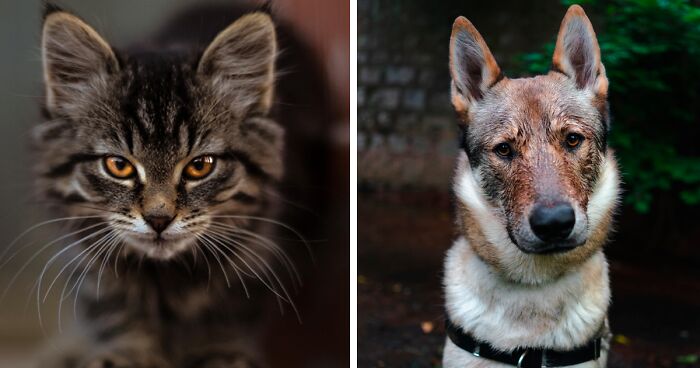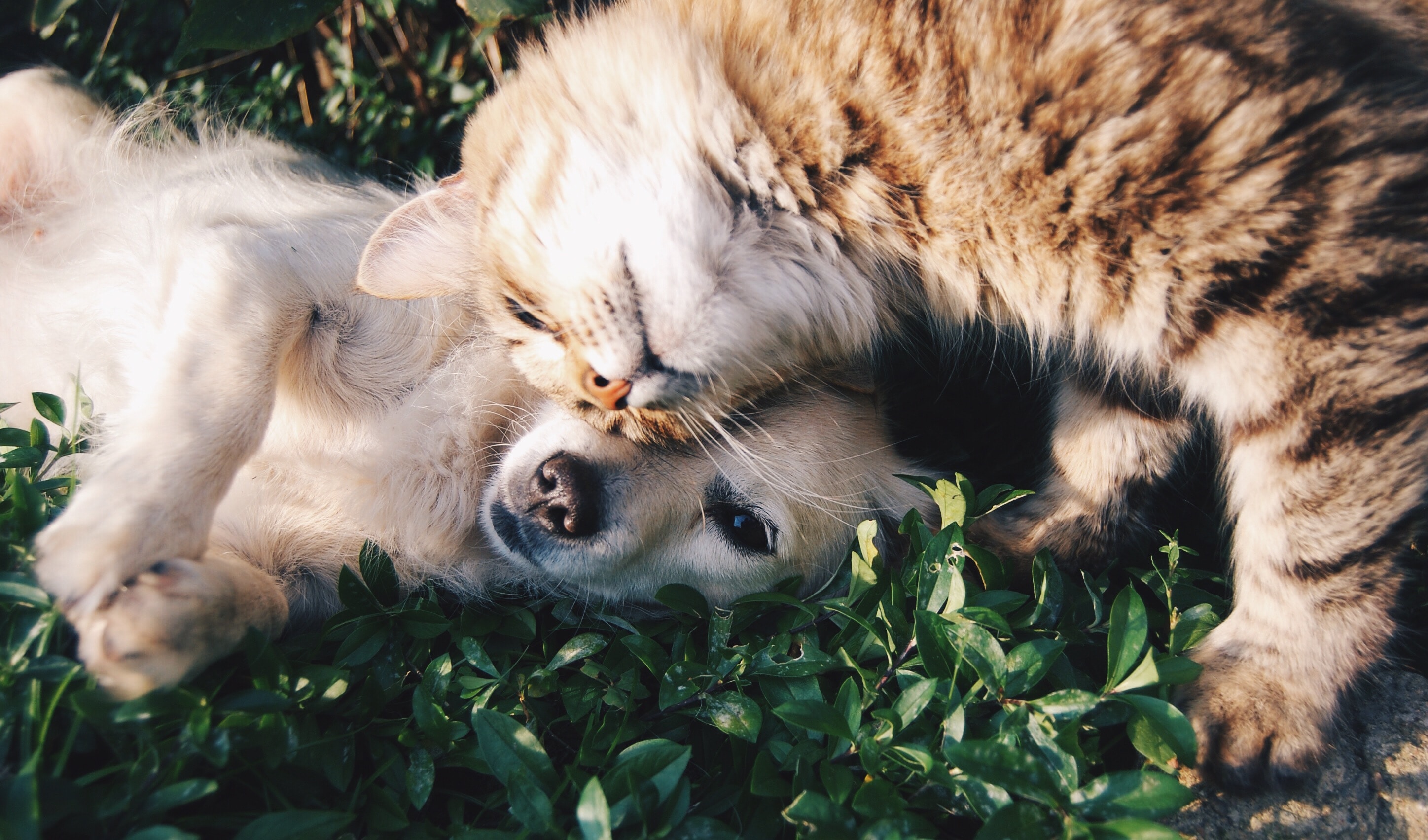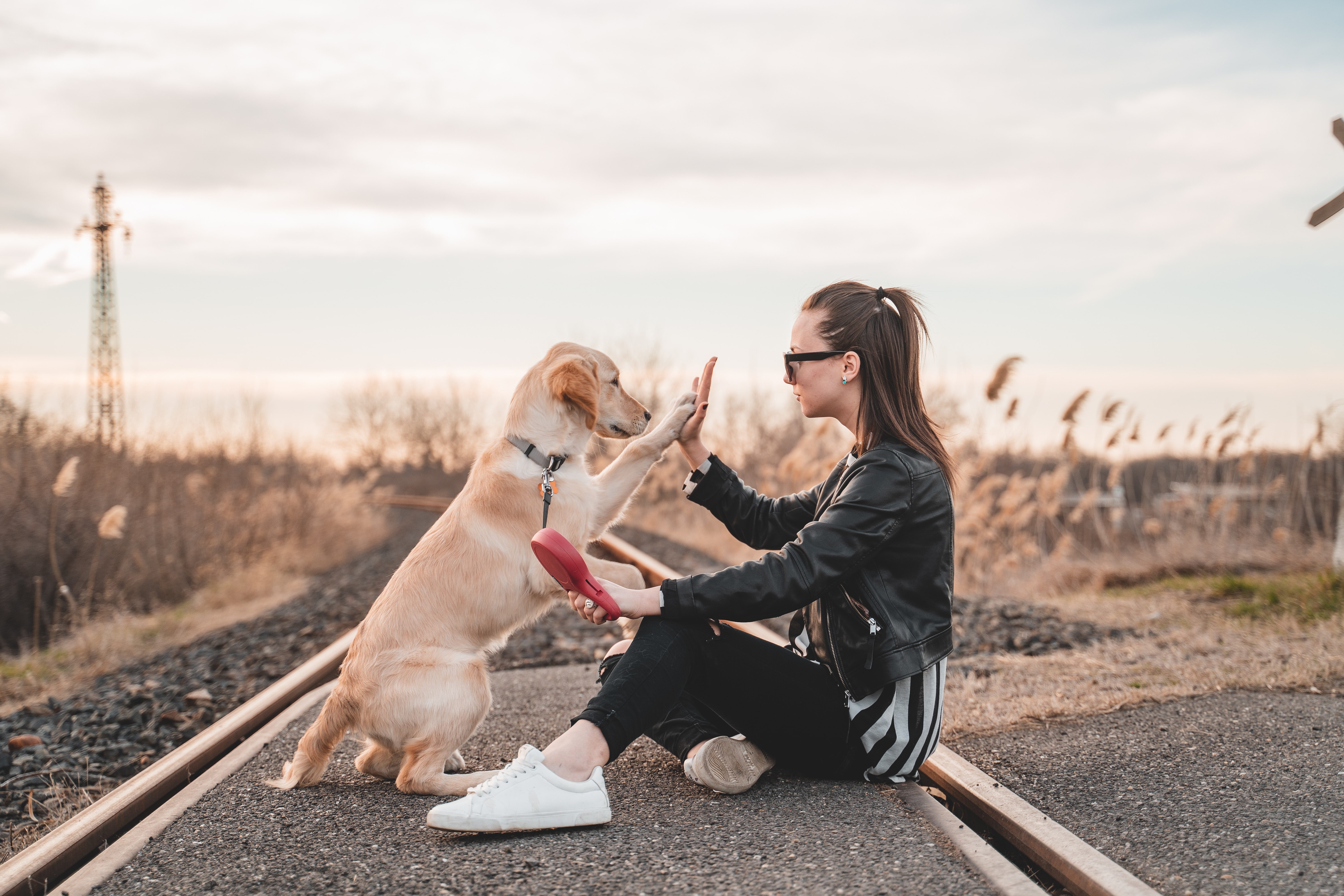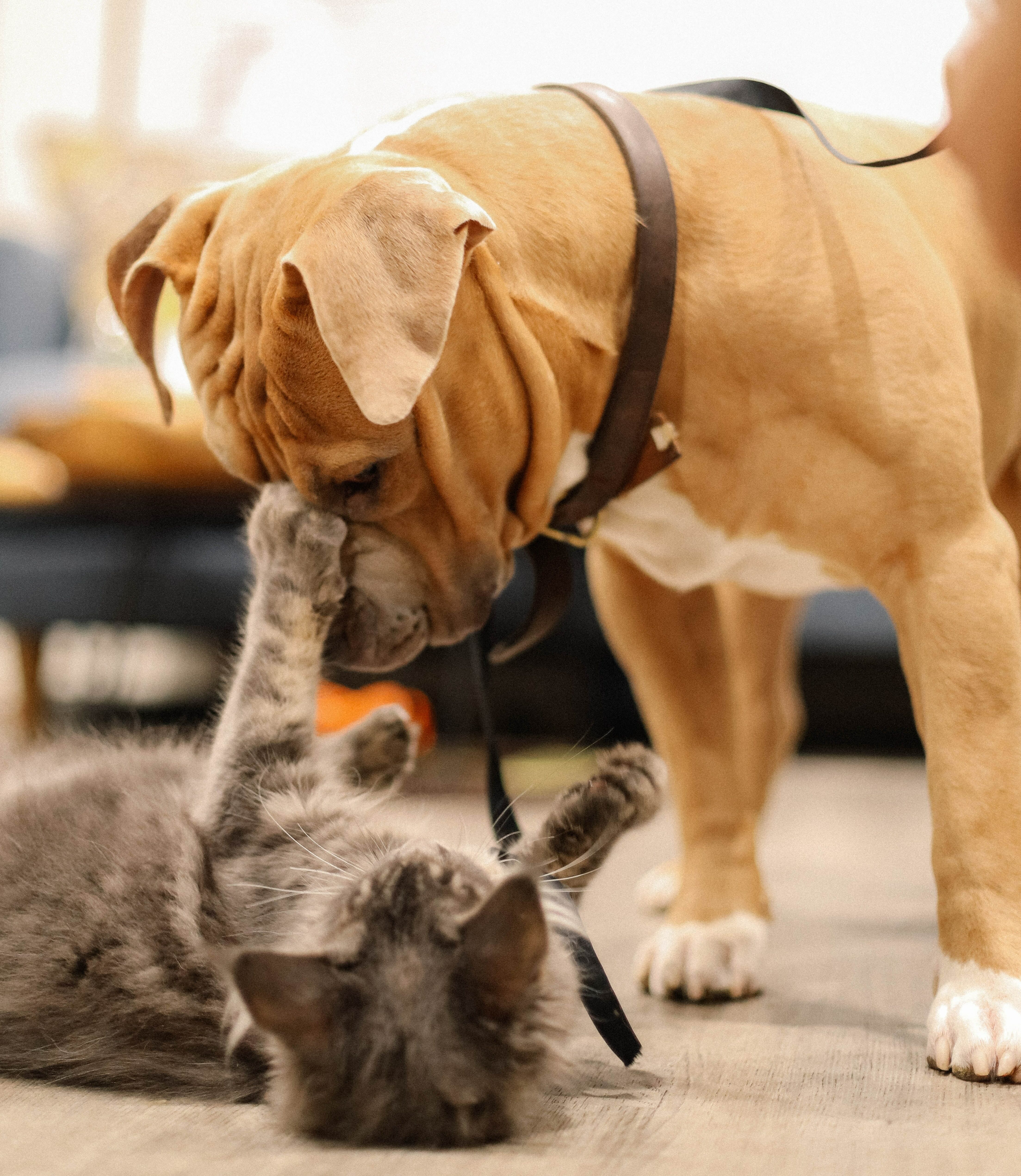From a young age, many of us learn to presume that cats and dogs often aren’t best friends.
However, with more and more of us having the pleasure of owning both a cat and a dog in the same household, we can see that this doesn’t necessarily have to be the case.
There are a few situations in which this can be potentially problematic:
- Introduce dogs and cats when young to foster acceptance.
- Use dog obedience training to reduce cat aggression.
- Separate pets if aggressive behavior persists.
- Consult a professional if the dog's aggression is severe.
- Reward-based training helps dogs behave around cats.
- You have a dog and you’re hoping to get a cat
- One of your neighbors has a cat
- You have a cat and you’re hoping to get a dog
- You often have to take your dog to places where there are cats
Aggressive behavior between cats and dogs can cause many problems in our homes, from disturbing the peace to upsetting your neighbors, so let’s take a look and learn how to stop a dog from being aggressive towards a cat.
A dog can cause some harm to cats when they decide to be aggressive, so it’s important to act before it’s too late, to decrease the chances of both the cat and the dog becoming hurt.
We’ve listed some signs of aggression toward cats below (source):
- Lunging or pulling.
- Vocalization – snarling, growling or barking.
- Biting – in the worst case.
Disclaimer: We would like to note that the information in this article should be used as a guide only. Dogs and cats should be separated when not supervised until you are completely sure that they are safe to be left alone together. Dogs and cats can cause serious injuries to each other following aggressive altercations.
Let’s learn how to stop dog aggression towards cats.
The information provided herein is for informational purposes only. Please refer to our disclaimer for more details..
Introduce a dog and cat when they are both young
Image credits: Krista Mangulsone.
We’ve all seen those adorable videos and photos of puppies and kittens playing or cuddling together.
It’s commonly thought, that if a dog and a cat meet each other when they are both puppies and kittens, they are more likely to learn and accept each other.
If you’re thinking about having a multi-pet household and bringing a cat into your home, then you might want to consider whether you will be able to get both pets when they are a similar age.
However, it’s unlikely that just this alone will be enough. If you want your young dog to learn not to be aggressive towards cats and live with a cat, likely, you’ll likely also need to train them.
Introducing dogs and cats together when they are young is also best combined with other methods such as training to achieve the best results around your cat, and also could depend on other factors such as the breed. What works best for your dog is likely to depend on a few factors.
If you can you might also want to think about whether the new cat is comfortable around dogs too. A stressed cat might also cause problems for your dog.
Dog training
Image credits: Richard Brutyo.
Sometimes, circumstances mean that you are unable to separate a dog and cat or to introduce them when they are young. In this case, the best option is probably to train your dog.
If you have an older dog, it doesn’t necessarily mean that you can train them to behave around cats, it might just take a little more work.
This might sound like a big thing, but actually, obedience training in dogs can be hugely beneficial and rewarding, so is usually worth the effort! If your dog is aggressive towards cats don’t worry, there are ways to teach them how to behave around a cat.
There are a couple of ways to go about getting rid of aggressive behavior toward cats. One option is to start by training your dog at home, using positive reinforcement. For example, when your dog sees a cat, you can encourage them to focus on you rather than the cat and reward them whilst they do.
If the aggressive behavior hasn’t developed too much, then over time, you can find that your dog’s aggression towards the cat can dramatically decrease.
We’ve listed some ideas below:
- Talking to them – using commands like ‘stay’, ‘sit’, and ‘wait’ that your dog probably already knows, when they see a cat can ensure that your dog understands what you want from them, especially if your dog tends to fixate.
- Reward – giving them a treat every time they remain calm near a cat.
Until you’re sure about what works best for your cat-aggressive dog, you’ll probably want to leash and repeat the command until your dog no longer has aggression towards your cat. Remember to be patient and reward your dog for their good behavior.
However, if your dog’s aggression has already developed to a strong level, you might need to seek the help of a professional dog trainer.
Keep your dog away from your cat
Image credits: kevin turcios.
Finally, if none of the methods we’ve talked about above are possible for you, then sadly, the only solution could be for you to keep your dog away from your cat.
Examples of ways you can keep your dog away from your cat include:
- Having separate rooms in the house where they stay.
- Keeping your dog on a leash when your cat is around.
- Using physical barriers – using a gate, door, and cat flap.
- Distracting their behavior by using special toys for aggressive chewers.
If you can’t get your dog to leave a cat alone, stop chasing them, or be less aggressive, the best thing might be to separate them.
FAQs about dog and cat aggression
Let’s now take a look at some one the FAQS related to dog and cat aggression.
Why do dogs terrorize cats?
Cats and dogs are pretty different animals. One of the main reasons why dogs chase cats in general is because they have an instinct to chase animals that are smaller than them.
However, it’s good to remember there are other factors which come into play such as their training and how they have been socialised in their life.
Do dogs see cats as prey?
As we mentioned above, dogs usually have an instinct to chase animals that are smaller than them. This likely means that dogs do see cats as prey.
But this doesn’t necessarily mean that cats and dogs can’t live together in peace. It just requires some of the methods we’ve talked about in this article. A dog’s high prey drive means that they chase your cat even though they are not usually aggressive.
This behavior can be problematic as a cat might also retaliate and harm your dog. An injured cat or dog is never good, so it’s best to keep your pets apart as soon as you notice any potential problems.
How do I get my dog to accept a cat?
Getting a dog to accept a cat is a complicated process, however, if done properly it can be very rewarding.
The method largely depends on your dog’s character but can include:
- Introducing them to the cat when they are very young.
- Positive reinforcement when the cat is around.
- Training them.
4 Steps to Stop Dog Aggression Toward Cats
- Start early – if possible, we recommend starting with the process as early as possible. In the best case, when your dog is a puppy, but if this is not possible, then from the first day your dog and cat are introduced.
- Keep calm – if you get stressed when your dog comes near a cat, then they will pick up on it and it will not likely help the situation.
- Training – whether it be at home by yourself, or through the guidance of a professional dog trainer, training sessions are a good way to control your dog’s behavior.
- Positive Reinforcement – don’t forget, for your dog to continue behaving safely around cats, it’s important to reward them when you notice your dog doing well.
Conclusion
Having both a dog and a cat in the same household doesn’t necessarily mean a disaster. We hope that after reading this article, you have a bit more information about how you can help a dog who is aggressive towards cats become more manageable.
563views
Share on Facebook
 Dark Mode
Dark Mode 

 No fees, cancel anytime
No fees, cancel anytime 





















































10
2